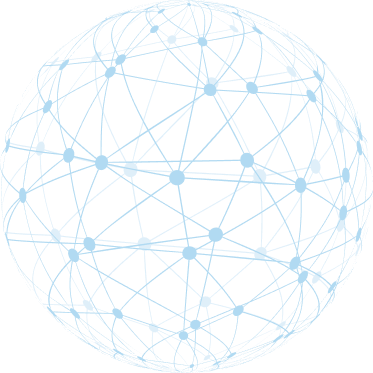The Science of Neuroplasticity: Designing Coaching Interventions That Stick
It’s the coaching dream: a client has a breakthrough in session—insight, clarity, energy—and you both leave feeling momentum. But a few weeks later, nothing’s changed. Old behaviors are back. The team is frustrated. The client is frustrated. And you’re left wondering: What happened?
Chances are, it wasn’t a lack of intention. It was a lack of integration.
This is where the science of neuroplasticitychanges everything.
What Is Neuroplasticity?
Neuroplasticity refers to the brain’s ability to rewire itself in response to experience. It’s the process by which new habits are formed, old patterns are replaced, and lasting change becomes possible.
For decades, science assumed the adult brain was largely fixed—set in its wiring by the time we reached our mid-20s. We now know that’s not true. The brain is constantly adapting, forming new neural pathways based on what we repeatedly think, feel, and do.
This is great news for coaches. It means transformation isn’t just possible—it’s biological.
But it also means we can’t rely on insight alone. If we want coaching interventions to stick, we have to design them in alignment with how the brain learns, remembers, and rewires.
Why Insights Fade (And What to Do About It)
The coaching space thrives on “aha” moments. They’re powerful, emotional, and often eye-opening. But without reinforcement, the brain treats them like a flash in the pan—interesting, but not essential.
Here’s why: the brain prioritizes efficiency and safety. When a client returns to their day-to-day environment, their brain defaults to familiar patterns—ones that feel predictable and low-risk. Even if those patterns are limiting, they’re deeply ingrained.
To create sustainable change, coaches must go beyond insight and build neural traction.
How to Coach for Lasting Change
Here are four neuroscience-backed strategies to ensure your coaching interventions are sticky—not just meaningful in the moment, but transformative over time.
1. Repetition Is the Rewiring Tool
If the brain is plastic, repetition is the mold. New neural pathways don’t form from a single experience. They’re built through consistent activation.
Encourage your clients to revisit key takeaways frequently:
- Daily journaling around a specific mindset shift
- A short morning reflection question
- Anchoring a new behavior to a regular routine (e.g., pausing before hitting “send” on emotional emails)
Even five minutes of intentional reflection per day reinforces the neural circuitry that supports change.
2. Emotion Supercharges Memory
Not all experiences are treated equally by the brain. Emotionally significant moments—whether positive or negative—are more likely to be stored and recalled.
This is why storytelling, metaphors, and embodied experiences (like roleplay or guided visualization) are so effective in coaching.
Help your client feelthe shift:
- What does it look like to show up differently?
- What does success feellike in the body?
- What’s at stake emotionally if they don’t change?
When the emotional brain is activated, the memory becomes more durable—and so does the behavior associated with it.
3. Small Wins Matter More Than Big Leaps
The brain resists change when it feels uncertain or overwhelming. That’s why “just be more confident” or “stop micromanaging” rarely leads to action.
Instead, design micro-interventions:
- Identify one meeting where they’ll practice listening without interrupting
- Choose one team member to delegate to this week
- Reframe one critical self-thought each day
These small wins compound over time. They build belief. And they reinforce the brain’s reward circuitry, increasing the likelihood of continued effort.
4. Environment Shapes Behavior
Coaching doesn’t happen in a vacuum—and neither does change.
Encourage clients to design environments that support their new habits:
- Visual cues (a sticky note reminder, a calendar prompt)
- Social accountability (sharing goals with a peer or team)
- Removing friction (clearing inbox clutter before big strategy sessions)
When the external world supports the internal shift, the brain doesn’t have to work as hard to maintain the new behavior. It becomes easier, more automatic, and eventually, more permanent.
From Moment to Movement
The power of neuroplasticity is that it turns change from a gamble into a process. But only if we coach with it, not against it.
Insight is the spark. But structure, repetition, and emotion are the fuel.
As coaches, we can help our clients not just understand what needs to change—but actually build the neural infrastructure to make it stick.
Coaching Backed by Science
At Braintrust, we work at the intersection of neuroscience and human development. Whether it’s helping leaders build emotional control, shift mindsets, or develop stronger coaching climates, we ground every tool and technique in how the brain actually works.
Because when you coach in a way that aligns with the biology of change, the transformation doesn’t just last longer—it goes deeper.





